Since the 2021 birth of Mind The Moss, we’ve been through four Halloweens together—with at least twice as many stories about really unnvering things that happen in the woods. But as we approach the finale of our fifth spooky season, it occurs to me that I still haven’t shared something foundational with you all. I haven’t told you what freaks me out, in the most primordial, limbs flailing, pants shitting fashion. That’s because my deepest phobia is something that you usually don’t have to worry about when you’re going for a walk. But there are occasional places where it can surface. Perhaps literally.
I can’t point to an early childhood incident that caused this directly, but for as long as I can remember, what scares me most is being pulled beneath the surface of a lake or the ocean by a giant creature with gaping jaws and lots of teeth. Now, a lot of people might mistake this for a phobia of great white sharks or saltwater crocodiles, but what makes me shudder isn’t the biological attributes of any specific water beast—it’s the instant realization that a large being is about to violently pull you into another world. A world of dismemberment by denticle and dissolution in stomach acid. And the idea that this could to you happen suddenly and without warning, when you’re out for a pleasant swim or paddle in a large, deep body of water, makes it even more terrifying.
I’m not kidding. If Nina Hartley took me boating on the open ocean and jumped into the water and invited me to join her—I would not join her. Because that would mean floating in a body of water so deep that I couldn’t see anywhere close to the bottom. And in the event that I happened to gaze down at the abyss, even just for a second, a blood-curdling vision would greet me. I would imagine an enormous set of mandibles rising toward me and opening up. This has happened to me in ponds, lakes, and coves where there’s a steep dropoff after the shallows. Each swim ended with me explosively swimming back to the shore. Now that I know and understand my phobia, I keep it at bay by being intensely discerning about where exactly I am willing to go for a swim.
One of the places at the top of my NOPE List is Northern Vermont’s Lake Willoughby.
You might not assume this because, well….Lake Willoughby is drop-dead gorgeous at first sight. Carved out by glacial movements over 25,000 years ago and flanked by two mirror-like mountains, Willoughby might be the most scenically epic natural landmark of the Northeast Kingdom. It’s a place that inspires awe in residents and visitors alike, from swimmers to kayakers to local bands like the Kingdom All Stars—whose single, “Willoughby Nights,” won a prize at the 2023 International Songwriting Competition. In fact, I wrote about Lake Willoughby for Boston Magazine earlier this year, as part of a travel feature on New England’s great lakes. But because this feature was meant to inspire excitement about the featured lakes, there were stories that I had to leave out.
The most widely-whispered of these tall tales—and the one which might seem closest to my phobia of big, toothy things in the deep places of the world—is the legend of Lake Willoughby’s water serpents. In August of 1868, a local newspaper published the following human-meets-cryptid interest story. “It is reported that the great water snake at Willoughby Lake was killed Wednesday of last week by Stephen Edmonds of Newport, VT., a lad of twelve years,” the article began. “Rushing boldly upon the monster he severed its body with a sickle. On actual measurement the two pieces were found to be 23 feet in length.”
This is the earliest record (that I’ve found) of someone observing a large serpentine creature in the waters of Lake Willoughby. Others have emerged since then, but one particular incident from the 1950s points to something that makes Lake Willoughby even more intimidating to me. A team of scuba divers had been searching the lake for the missing body of a man who had drowned. This must have been quite a daunting task for the divers, because Lake Willoughby is the deepest lake contained within the borders of Vermont—with a maximum depth of 328 feet. And as one of those divers approached the floor of the lake, he saw two things that surprised him; a great big hole on the lakebed, and around it, some very large eels that were as long as 8 feet!
The divers’ story seems to solve one mystery while introducing a much bigger and creepier one. A colony of XXL freshwater eels managing to survive and thrive in the depths of Lake Willoughby is one of those biological oddities that feels somewhat feasible. And if this did happen, then one of those 8-foot eels probably swam close enough to the surface to be spotted and snagged by that “lad of twelve years” who was featured in the local paper. But for me, all of this overshadowed by a different question: What the fuck is up with that large hole at the bottom of Lake Willoughby?
Yet another Northeast Kingdom legend nudges us in the direction of an answer. In the horse-and-buggy era, a team of horses and their owner attempted a risky mid-winter crossing of the frozen lake. The ice broke and the lake swallowed up the horses and the man. But it wasn’t until the following summer when the bodies were found. And what’s especially bizarre is that when those bodies finally surfaced, it wasn’t on Lake Willoughby—they materialized on the waters of Crystal Lake, in the nearby town of Barton. This macabre puzzler sparked rumors that Lake Willoughby and Crystal Lake are *connected* by a long underwater tunnel—a natural passageway created by the same earthly movements that carved the basin which would become Lake Willoughby.
This is more conceivable than the giant eels, if you ask me. Most of the world’s caves remain undiscovered—as much as 90% of them, per the recent estimate of National Geographic. And some of these hidden spaces have undoubtedly been submerged over time. As long as the subterranean landscape remains largely unknown, we will continue filling it with our dreams and nightmares. Quite often, those dreams and nightmares involve large creatures. Jules Verne charted this territory with Journey To The Center Of The Earth, imagining a hidden world with resident dinosaurs and other prehistoric creatures beneath the bedrock. The recent American reboot of King Kong took us into a similar “Hollow Earth” where Kong swings from the branches of giant trees and makes snacks out of super-sized flying insects. And then there’s my most recent beach read—Greig Beck’s 2016 novel, Fathomless, in which scientists find a forgotten subterranean ocean through a cave system in Alaska. And of course, that ocean is populated by some really large and hungry creatures. Like a 60-foot shark.
Look: I’m not going to die on the hill that the hollowed places of the earth might be swimming with predators as long as two school buses. And I’m not even sure that I believe the legends surrounding Lake Willoughby, from the well-endowed eels to the mysterious hole on the lake floor. But still, enough questions and superstitions have floated around Lake Willoughby for over a century that I think some curiosity—and humility—are warranted. On the east shore of the lake, there’s a particularly big rock that contains a painting of Satan. Referred to as “Devil’s Rock” and only accessible by paddling, this stone speaks to the hair-prickling What If wonderings that Willoughby has inspired for decades. And even as some of those questions scare the bejesus out of me, I still enjoy wrestling with them; as long as I don’t have to get into the water of Lake Willoughby, beyond the shallowest section of the shallows. This is why so many of us enjoy horror stories and movies. Engaging with life’s unanswered questions in a relatively safe and controlled environment can be thrilling and even cathartic. But so far as Lake Willoughby goes, there is a land-based way to escalate your investigaton.
Remember those two mountains I mentioned earlier? The ones that wrap around the lake? Consider these two high points observation platforms for gazing down into the watery abyss of Lake Willoughby, without having to put a toe in the drink. To the east, Mount Pisgah towers over the lake—with great cliffs that the summit trails narrowly dodge. And on the west side of Willoughby, the lesser climbed Mount Hor boasts a more densely wooded slope. If you’re a believer in the 8-foot eels, stick to the west shore. But instead of going for the summit of Mount Hor, follow the rocky and rooty South Beach Trail as it ambles through the woods near the water’s edge. Eventually, this path becomes the Cliff Trail and ascends to some partially exposed cliffs on the mountainside. But even after this elevation gain, you’ll still be close enough to the water to spot a rather large eel slithering across the surface, if the sunlight is right.
If you’re thinking bigger than 8-foot eels—if you can imagine heftier lords of the deep in Willoughby, or if you can’t get that goddamn lakebed HOLE out of your mind—the summit of Mount Pisgah is your best shot at stealing a glimpse of either. Again, you’ll have to climb on a radiant day, when certain angles of sunlight might be just enough to reveal an enormous shadowy mass gliding through the waters of Willoughby. Or, if you’re really lucky, an orb of blackness within the already dark center of the lake. Just thinking about either makes me shiver, craving the security of curling up into a ball. I may be a little too scared of the depths and the things that lurk there to chase these mysteries in the field. But if you can’t resist their siren song, I look forward to hearing about your observations and theories. Do let me know if I’m paranoid…or vindicated.
The Mount Hor observation hike
Hike distance: 2.1 miles loop
Elevation gain: 308 feet
CLICK HERE for a trail map
The Mount Pisgah observation hike
Hike distance: 4.4 miles
Elevation gain: 1,650 feet
CLICK HERE for a trail map


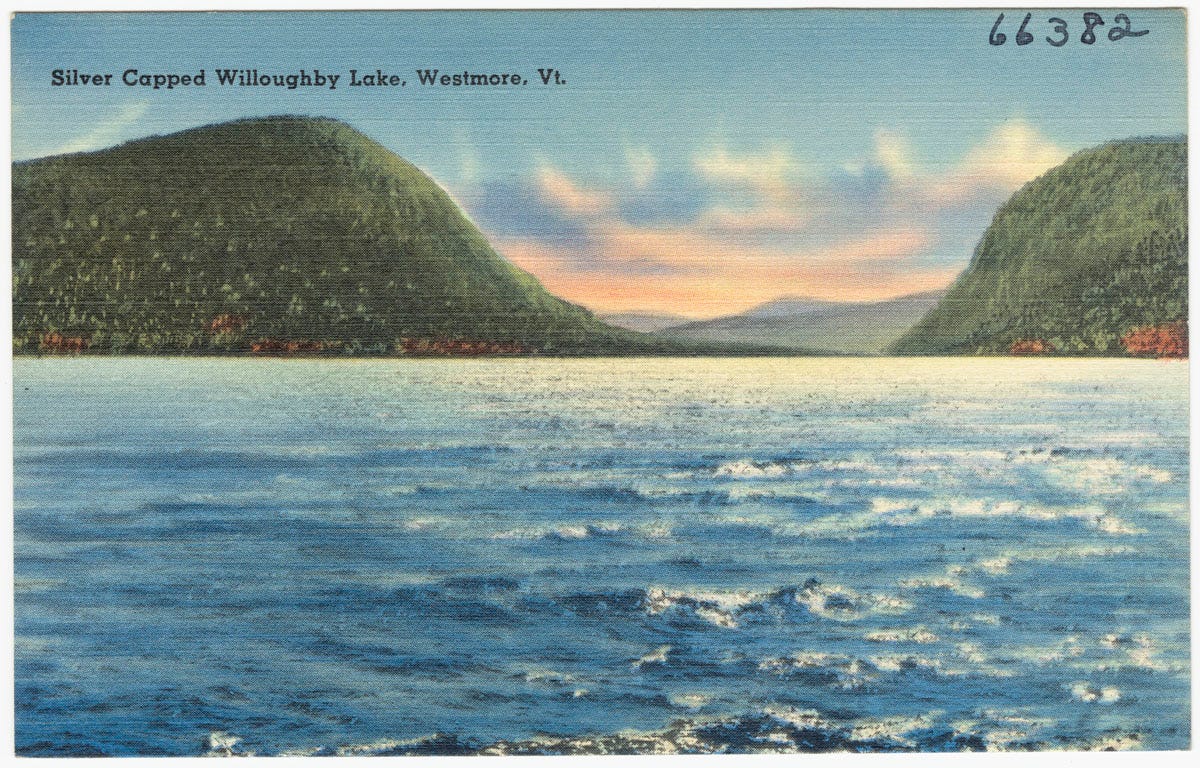
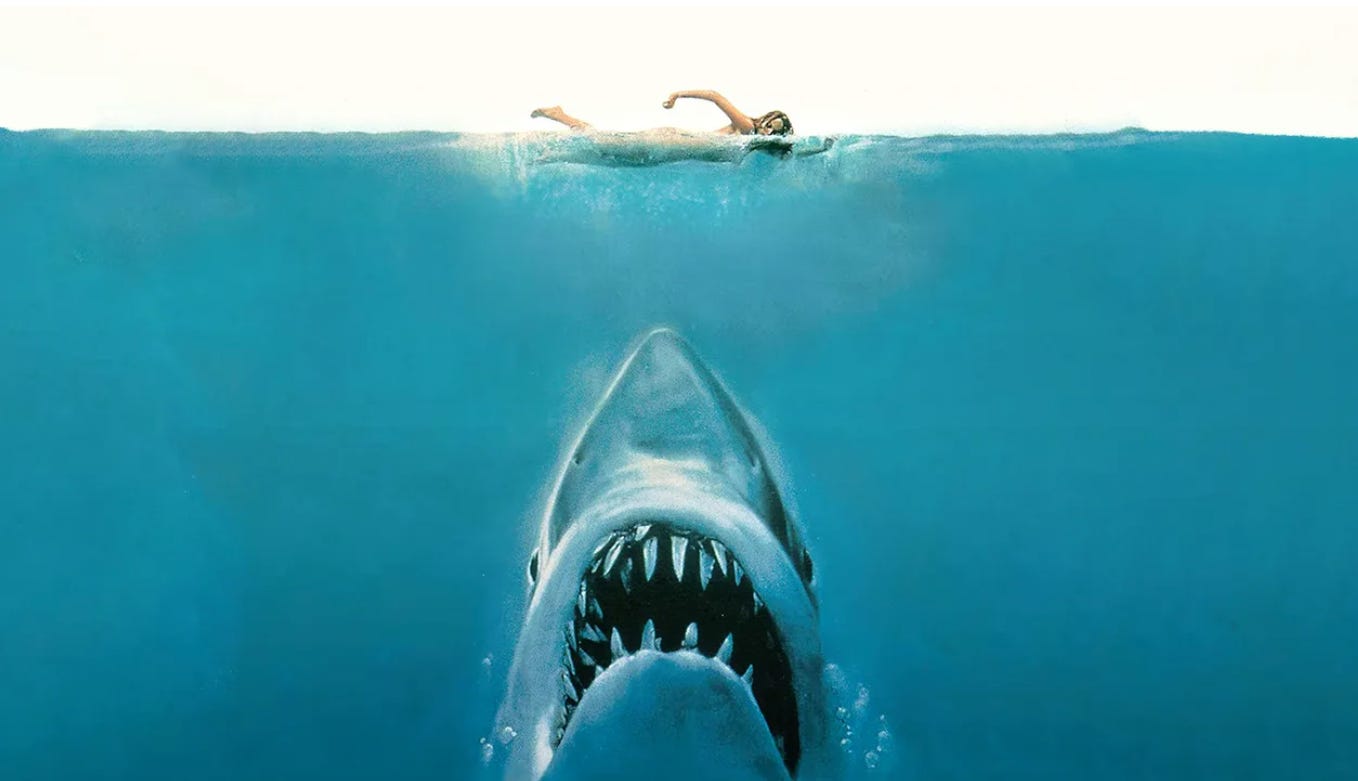
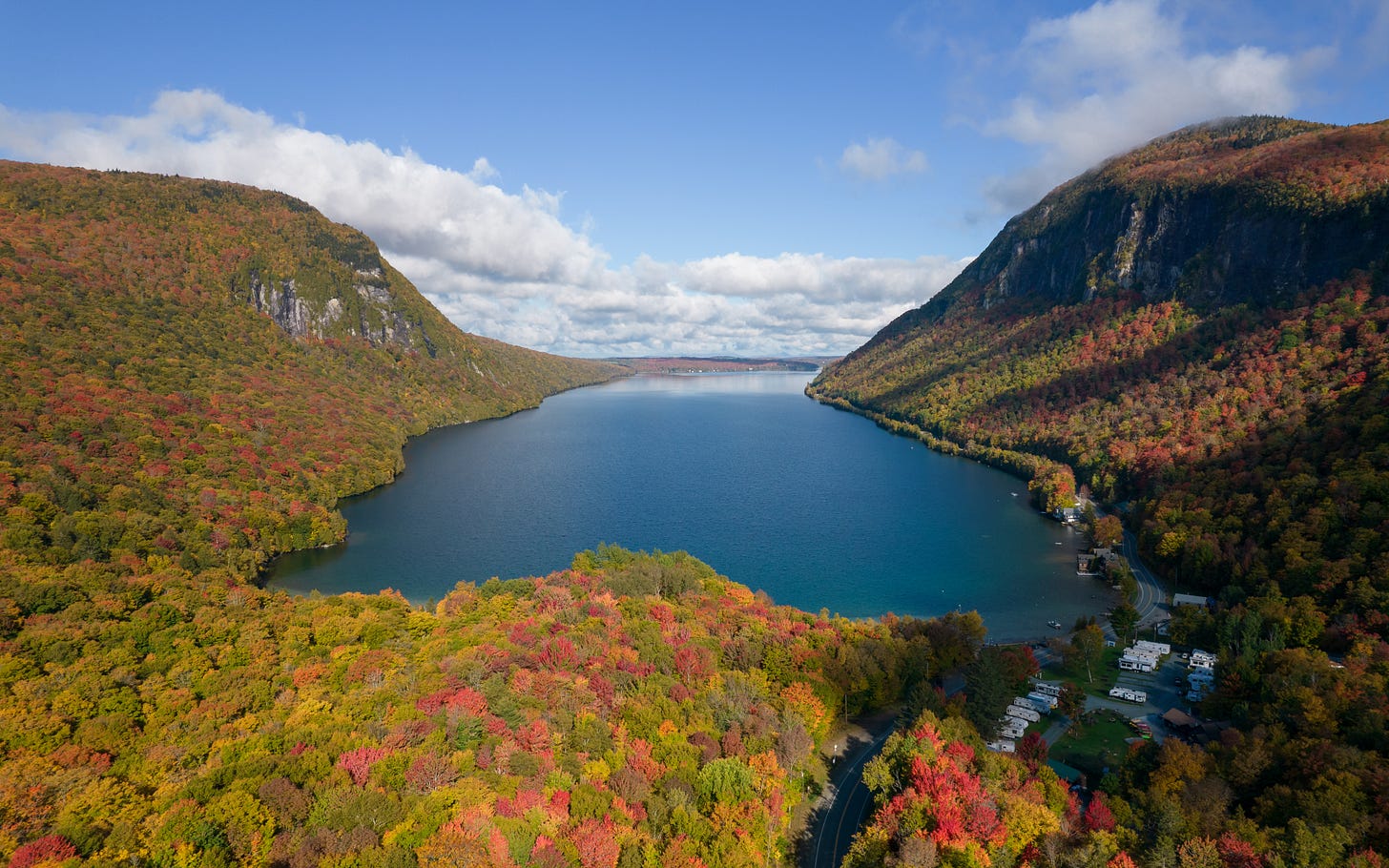
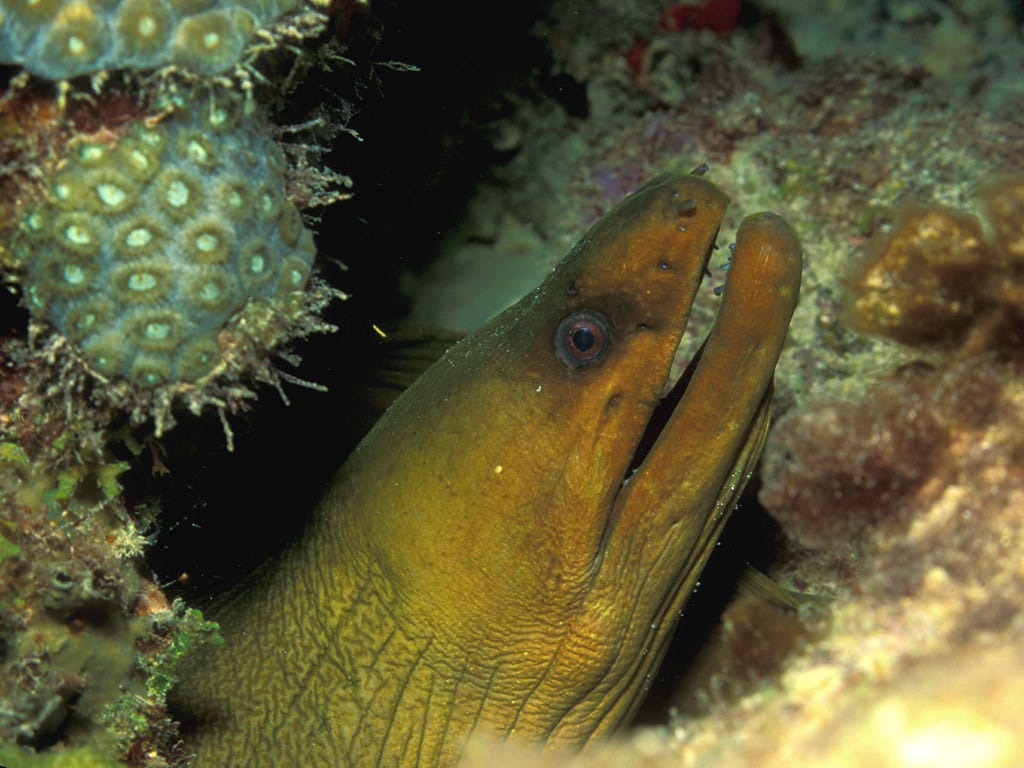
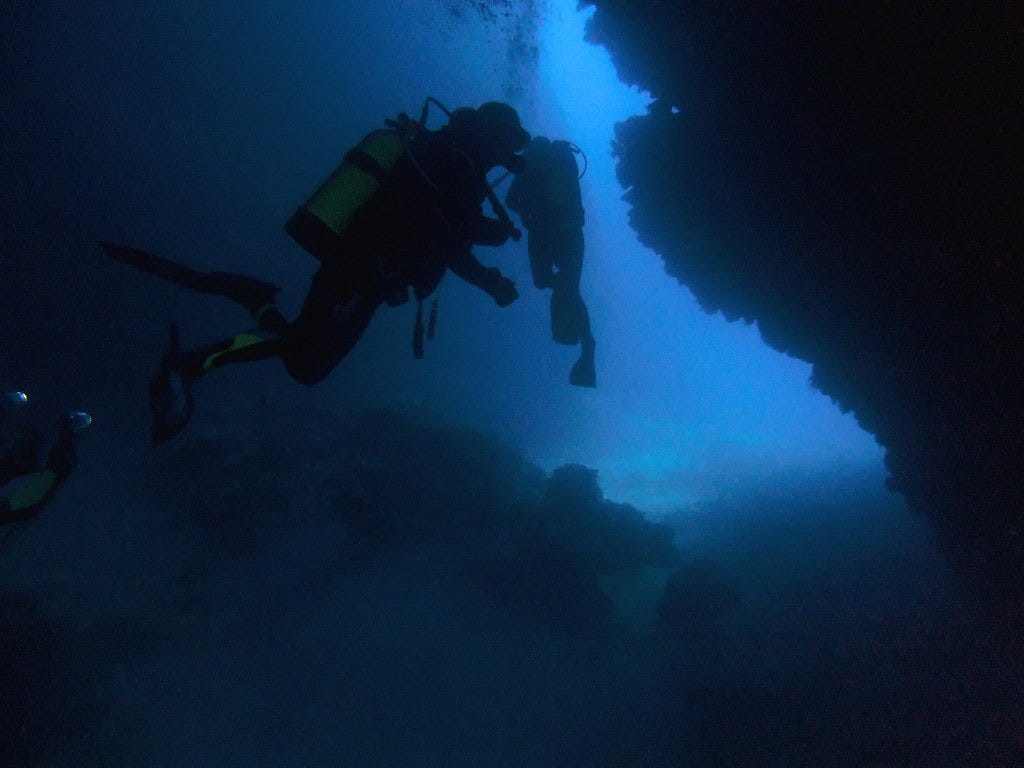
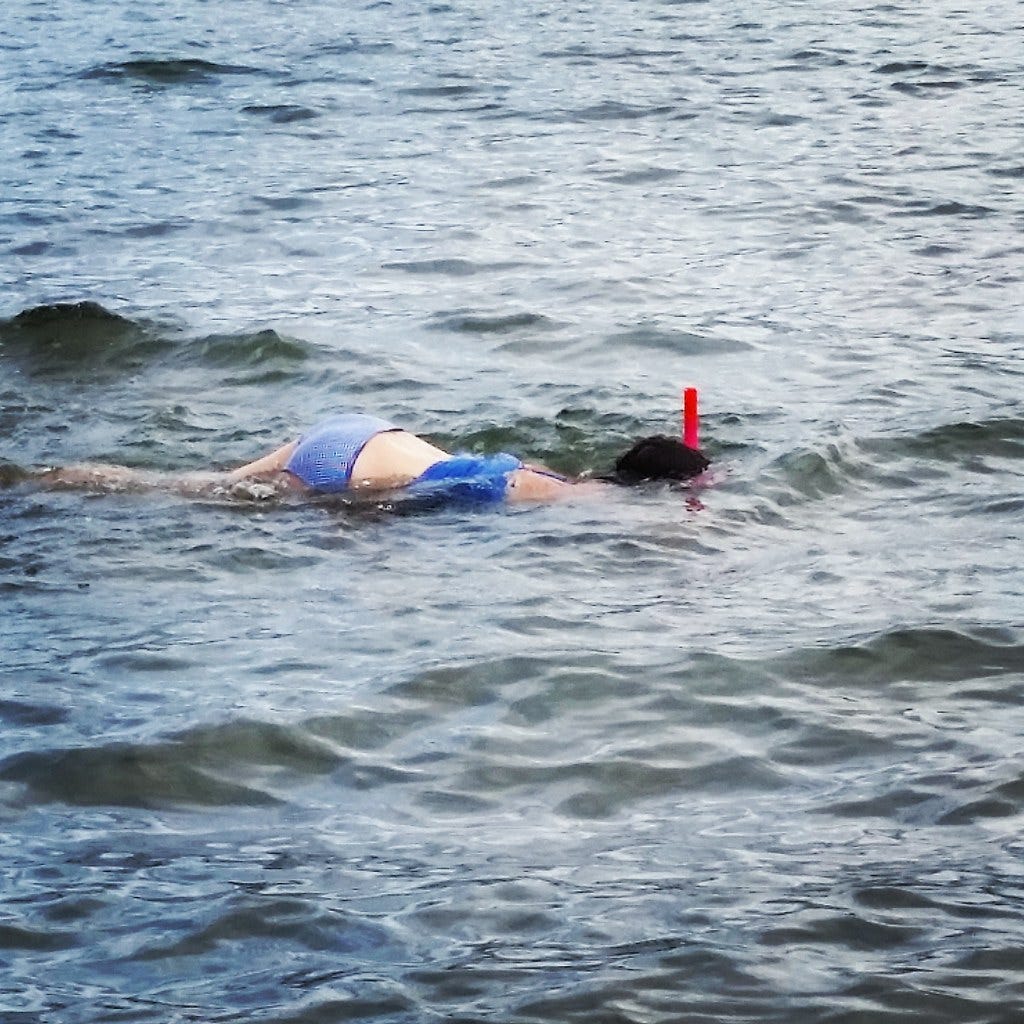
Did you see the mysterious cave that emerged in one of the two lakes at Lakes of the Clouds this year?